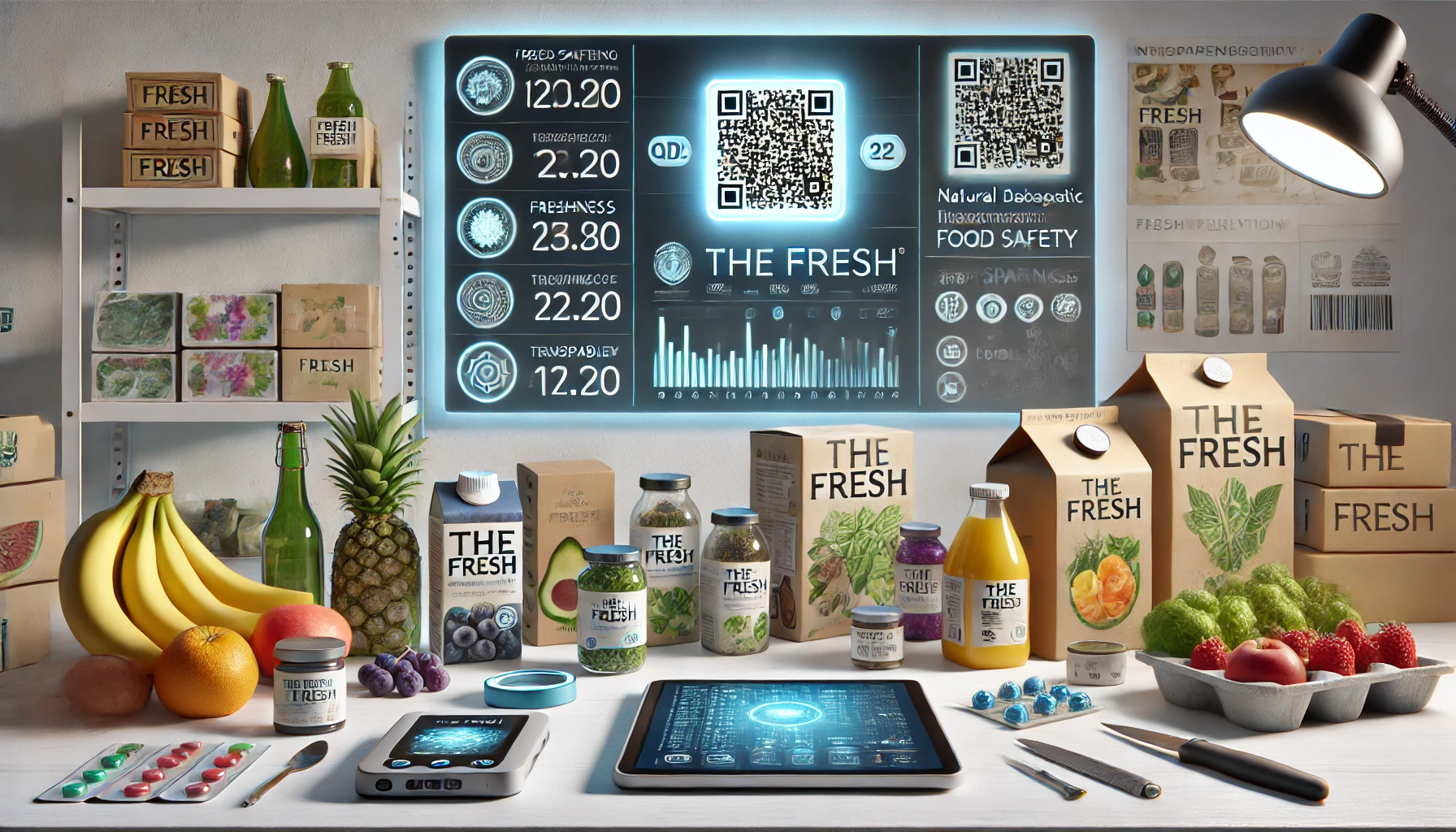Innovations in Food Safety: How Technology is Changing What We Eat
The food industry is undergoing a remarkable transformation, thanks to technological advancements that prioritize safety and quality. As consumers become increasingly aware of food safety issues, innovations are emerging to ensure the foods we eat are safe, fresh, and free from harmful contaminants. From smart packaging to blockchain technology, let’s explore how these advancements are revolutionizing food safety and enhancing our dining experiences.
Smart Packaging: The Future of Freshness
Smart packaging technology is one of the most exciting developments in food safety. This innovation goes beyond traditional packaging by incorporating sensors and/or indicators that provide real-time information about the freshness and quality of food products.
- Freshness Indicators: Some smart packaging solutions use color-changing materials to signal when a product is no longer fresh. For example, a package might change color to indicate that the food inside has reached a certain temperature or time threshold, alerting consumers to potential spoilage.
- Spoilage Detection: More advanced smart packaging can detect gases emitted by spoilage bacteria and alert consumers or retailers before the food becomes unsafe to eat. This not only helps prevent food waste but also ensures that only fresh products are consumed.
Blockchain Technology: Enhancing Traceability
Blockchain technology is making waves in various industries, and food safety is no exception. This decentralized digital ledger provides a secure and transparent way to track food products throughout the supply chain.
- Improved Traceability: With blockchain, each step of the food supply chain—from farm to table—can be documented and traced. This means that if a contamination issue arises, affected products can be quickly identified and removed from shelves, reducing the risk of foodborne illnesses.
- Enhanced Accountability: The transparency provided by blockchain allows consumers to verify the source of their food, leading to increased trust in food suppliers. This traceability is particularly important in the event of recalls, as it allows companies to act swiftly and effectively.
Advanced Detection Methods: Rapid and Reliable Testing
Food safety testing is evolving with the introduction of advanced detection methods that improve the speed and accuracy of contaminant testing.
- DNA Testing: Techniques such as DNA barcoding can identify food products and verify their authenticity, ensuring that consumers are getting what they pay for. This technology can help detect food fraud, such as mislabeled fish species.
- Spectrometry: Mass spectrometry is another cutting-edge method used to detect contaminants and pathogens in food. This technology allows for rapid analysis of food samples, enabling quick response to potential safety threats. With these advancements, food safety testing is becoming faster and more reliable, ultimately protecting consumers.
Natural Preservation Methods: A Healthier Alternative
As consumers become more health-conscious, there is a growing demand for natural preservation methods that extend shelf life without harmful chemicals. An example of an innovative natural preservative is BioFresh, a product that harnesses nature’s defenses to keep perishable foods fresh and safe. BioFresh acts as protective layer that protects food from spoilage while preserving its nutritional quality and taste. This natural approach to food preservation not only reduces food waste but also aligns with consumer preferences for clean-label products. Other natural preservatives derived from plant extracts are gaining popularity as well. These alternatives provide similar protective benefits as traditional preservatives but without the associated health risks.
Innovations in food safety technology are not just enhancing the freshness and safety of our meals; they are revolutionizing the way we think about the food we consume.
The advancements in food safety technology are paving the way for a healthier and safer food system. From smart packaging that keeps us informed about freshness to blockchain technology that enhances traceability and accountability, the innovations in food safety are impressive and essential. As consumers, being informed about these advancements empowers us to make safer choices and demand higher standards from food producers. By embracing these technologies, we can enjoy the benefits of fresh, safe, and nutritious food while supporting a sustainable and transparent food supply chain. The future of food safety is bright, and it’s exciting to witness how technology continues to shape what we eat.

